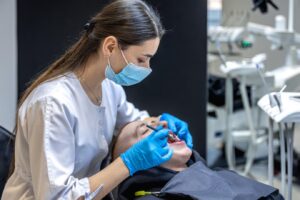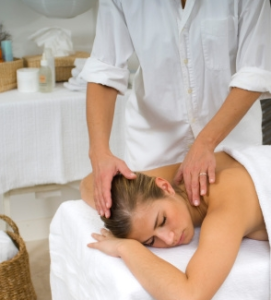What Are Spider Veins?
Spider veins and varicose veins are twisted, swollen blood vessels that can be seen through the skin. Relatively small veins seen on the chest, face, and legs in shades of blue, purple, and red are referred to as spider veins. Spider veins may or may not be painful. Even when they don’t cause any pain or inconvenience, though, people sometimes choose to have them removed for cosmetic reasons.
What Are Varicose Veins?
Like spider veins, varicose veins are also twisting and turning blood vessels that one can see through the skin. The large, swollen veins that typically occur in the legs are called varicose veins. Although an estimated 30 to 60 percent of adults have varicose veins, according to WebMD, they’re more common in women than in men.
Varicose veins are more often associated with non-cosmetic problems than spider veins are. Symptoms of varicose veins include pain, burning, cramping, tingling, and tiredness in the affected leg. Sometimes the pain will subside when the leg is elevated. Sometimes the skin around the ankle will start to darken and discolor. Varicose veins sometimes lead to a condition called thrombophlebitis, in which a blood clot develops and the vein becomes inflamed and swollen, though this condition is relatively rare.
Preventing Spider and Varicose Veins
A number of factors contribute to whether or not you’ll develop spider and varicose veins. The predisposition to get spider veins and varicose veins runs in families. Hormonal changes related to pregnancy and other conditions including menopause, postmenopausal hormone replacement, birth control pills, obesity, history of blood clots, and conditions such as tumors and constipation that cause increased pressure on the abdomen can also contribute to the formation of varicose and spider veins.
Those who work in jobs where they stand and walk for hours, including factory workers, nurses, and teachers, are susceptible to these vascular conditions. You can reduce your likelihood of developing varicose and spider veins by wearing support stockings while working. A low-salt diet, weight loss if appropriate, and good skin hygiene can also help prevent these vein malformations from forming.
Treating Spider and Varicose Veins
Spider and varicose veins can be treated at specialized clinics like Ivein Vein Center, using a variety of treatment options to meet the patients’ particular needs.
Spider Veins
One of the most popular treatments for spider veins is a process called sclerotherapy. In this outpatient procedure, a doctor uses injected medication to dry up the vein; more than one treatment may be needed for it disappears completely and blood simply takes an alternative route.
Simple and endovenous laser treatments are also popular solutions to spider veins. They accomplish same purpose as sclerotherapy, except instead of chemically blocking the vein, a laser is used to cauterize the vein shut. This often takes multiple treatments for permanent results, but laser treatment is often less painful than alternative options.
Varicose Veins
Vein stripping is a varicose vein procedure that uses small incisions to remove troublesome veins located relatively close to the surface. This is often paired with ligation, the “tying off” of the affected vein(s).
In some cases, varicose veins can be removed entirely — this is called phlebectomy. Phlebectomy is performed by making tiny incisions over the affected vein and physically removing it thereby. Unlike some other surgical solutions, this procedure can be performed under local anesthesia, and does not normally require stitches. Phlebectomy is best partnered with other treatments for optimal results.
If a patient’s varicose veins are particularly advanced (typically causing skin ulcers), endoscopic vein surgery may be required. For this treatment, the vein is closed with surgical instruments instead of lasers or medication. Vein surgery generally requires the longest post-procedure recovery period.



